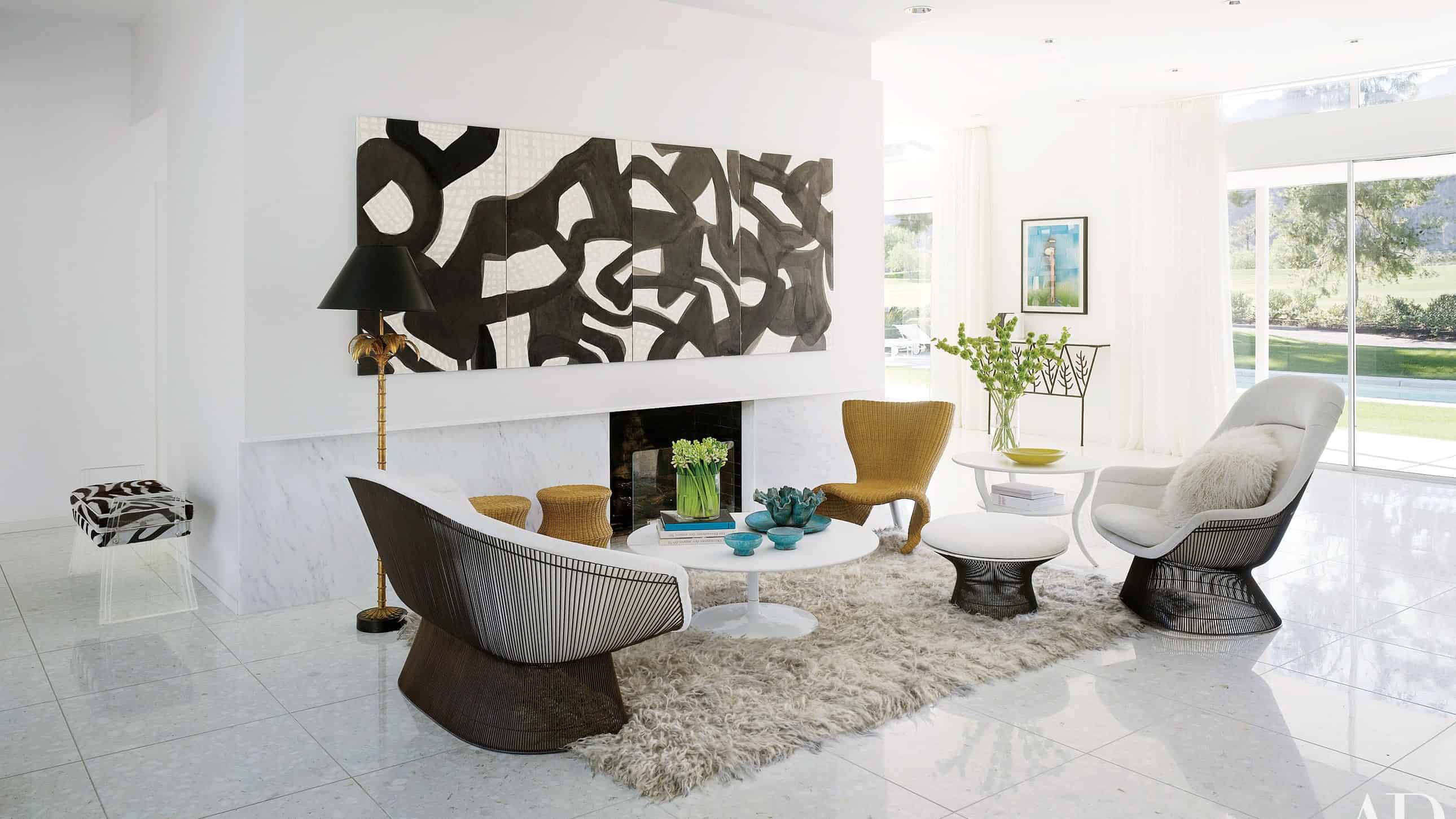Modern day architecture is seeing the role of art gradually merge with the structures that are being put up. In particular, wall art has ceased to be a mere ornament at the end of the wall and has become a serious element of apartments’ construction or interior design. Many architects and designers are seeking the help of artists to incorporate wall art in to the structure of the building in order to have functionality as well as aesthetic value. This trend is changing the perception of how we regard architecture, in that artistic elements are now considered critical in making a place have character or even a mood to it.

The Evolution of Wall Art in Architecture
Previously, people used to consider the wall art as a mere decorative accessory – something that was applied on the walls after the construction of the architectural structure is over. But today in contemporary architectures or design concepts art is being given a thought right from the time of its conception. What has been observed is that architects are collaborating with painters to paint artworks, create sculptures, and other forms of art which are part of the wall itself all in order to make art part of the building.
This incorporation of art to architecture is in sync to a related trend towards getting more genuinely individualistic, emotionally demonstrative spaces. Thus, in the sphere of residential architecture, people want to express their identity and distinctiveness not only through furniture and interior items, but walls. At the same time in the commercial and public places, art is employed to evoke the desired feelings, attract attention and leave an afterward impression with the customers.
Creating Cohesive Spaces with Art
Probably one of the biggest advantages that come with workflow of wall art in modern architecture include the aspect of creating harmony in spaces. When art is designed into the packages structures, it harmonizes with the architechture of the building so much it doesn’t feel like it was installed later on. It is this approach which in the best manner tries to achieve a harmony where art and space complement each other.
For instance, a large graphic such as a mural painted for a feature wall looks stunning and will engage the architectural attention while also brightening up the room’s character. Likewise, wall reliefs which are sculptures merged into walls provide depth and produce an ordinary flat wall as one of the interesting features of the architectural design.
It is also worthy to note that the application of wall art into the design of a particular area can also assist in creating a purpose as well as the overall atmosphere of the architecture. For example, large and vivid paintings can enliven the atmosphere of a contemporary business center, and, at the same time, picture of a nature landscape can help calm down in a house or an apartment. This means that architects, through careful choice and position of art and ornaments can predetermine subsequent behavior of users of a particular space.
Merging Art with Architectural Materials
Just imagine, one of the best things about using wall art as part of modern buildings is that you can create a unity of the artwork and the chosen architecture materials. Nowadays artists and architects both are trying with all kinds of material and techniques ranging from glass and metal to concrete as well as wood to make such artistic surface which has functionality.
For example, etching glass panel can work as the ornament as well as the working divider in the commercial premises. Some of the metal wall sculptures can be used as sources of light and thus they create fascinating shadows on the walls of a room. To this I would like to add that concrete can be shaped in various complex patterns or reliefs embedded in the walls and thus enliven what is essentially an industrial material. All these application of materials help in achieving a closer connection between art in architecture that leads to the creation of beautiful and functional spaces.
Custom Art for Unique Spaces
Another emerging area seen within contemporary architecture is the direct ordering of canvas art that is exclusive to the commissioned architectural project. Through working with other artists, architects can come up with customized artwork that is made specifically for the specific dimensions provided by a certain construction. This way, the approach enables people to find artwork that complements their homes with the exception of off-the-shelf artwork, and thus the spaces within the houses.
Gated community or large building structures require something more special and that is where custom wall art comes in handy. For instance, in a corporate building, a mural that depicts the corporate image of the firm together with its vision and values will not only create an interesting focal point, but will also ensure that the corporate image of the firm is nearly constantly in view. An artist in a public library/museum could paint a sequence of walls, at least, and see the difference because the art interaction creates an extra depth in the experience of the users.
Art as a Structural Element
At times, wall art extends beyond the sphere of the ornament to transform into a structural part. For instance, incorporated metal panels with aesthetic designs make up a building surface but also act as perforated facades that can act as sun protection by shading building surfaces and controlling heat in a building. In the same way, where a 3D sculpture or relief has been incorporated into the wall, one gets insulation, soundproofing, structural support, design and so on all in one wall.
Such an application of art in the architecture of the building is the next phase in architecture design where art is not only the adornment of the building but the whole concept of architecture itself is artistic.
The Future of Wall Art in Architecture
Looking at the future of the close relationship between art and architecture, one can only expect that there will be even more impressive ways of incorporating the wall art into contemporary constructions. Recent technologies allows digital and interactive art installations thus giving architects an opportunity to design spaces that will evolve with time.
Any form of art, be it a painting on a wall, a sculpture or a Modern art is playfully being applied to modern architecture to enrich the experience of the place. Thus through erasing the boundary between art and architecture, between the aesthetic and the construction, the architects and designers are designing the space not only visually meaningful, but also meaningful for the people who use it.
In the future, as art continues to integrate with architecture, even more, intriguing solutions of transforming the walls from the simple planes into the communicative and meaningful tools will be developed.
This is not a fad or a fleeting style – this is a reshaping of the concept of what spaces are and what a place for art can be.

